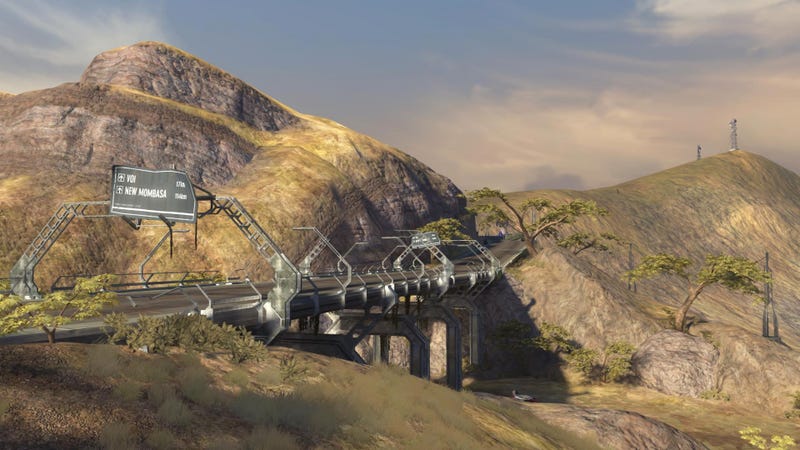


“Multimedia” journalism risked getting a bad name. In the old days, say a decade ago, when journalists were overworked and underpaid, and when publication owners wanted a single journalist to do the jobs of several others who had recently been laid off, the job ads asked for people who could not only report and write, but also produce video and audio.Īll too often this meant trying to do everything with a cell phone and extra coffee. At its best, it creatively fits the right mix of these many techniques to the unique challenges and opportunities of the subject material at hand. And it usually takes a team of journalists with a range of skills. Like the elephant is perceived by the blind men in the parable, each of us perceives a different thing when we touch it.Īt its best, interactive journalism is more than flashy showoff presentations, but a better way of getting at core truths than words or pictures alone.Īt its best, interactive journalism is more than flashy showoff presentations, but a better way of getting at core truths than words or pictures alone. It’s not just about journalism in the older sense of reporting, but also very much about the presentation of content. It is partly just a creative use of all the recently emerged and emerging technical innovations that have enriched journalism and communication in the past several decades: video, web design, web coding, page design, photography, audio, data journalism (computer-assisted reporting), data visualization, mapping, geographical information systems, 3-D graphics, animation, gaming, drones and satellites - not always all of them, but often many of them together. To make matters more complicated, it can be a little different every time you see it. It‘s a thing, yes, but it’s also a collection of things. You might confuse it with web-first, digital-first journalism or mobile-phone journalism or crowdsourcing. It’s also been called multimedia (mixed-media) journalism or convergence or immersive or artistic journalism. It wins prizes and makes people say “wow!” It has come to be called “interactive.” And it’s just perfect for covering the environment. There’s a (relatively) new kind of journalism that can be richer, more engaging and more informative than can be imagined by much of the old-school print-based models. Click to enlarge.ĮJ InSight: Interactivity Advances Environmental Storytelling, Part I
#Environmental storytelling how to#
This class will teach students how to tell those kinds of stories about environmental issues, and become changemakers in their profession.A screenshot of the opening image of the Pulitzer Prize-winning Washington Post interactive “2☌: Beyond the Limit.” Image : Washington Post. Nonprofits, foundations, and socially responsible businesses are looking for people who know how to leverage effective stories to drive action and energize supporters. Storytelling organizes and mobilizes people, spurs donations, and shapes public opinion. Great stories demand an audience great stories about our world, and its problems, demand action. Students will also learn practical strategies for engaging in the struggle over narrative, and how to deal with the increasing agency of individuals to decide which stories are worth listening to. In this class, students will learn how to construct the stories that drive and guide environmental intervention. Thus social change cannot happen without storytelling. More specifically, for this class, they are our most ancient and advanced tools for changing minds. American pragmatist and philosopher Kenneth Burke argues that stories shape our thoughts and reality. Humans make sense of the world, and choose how to act within it, through the medium of storytelling.


 0 kommentar(er)
0 kommentar(er)
